
What is texturism?
Texturism is favoring or praising Black hair with looser, finer curl patterns. It’s generally associated with mixed and biracial women but of course, that’s not always the case. Black women have different grades of hair and while no grade is better than the next, only a certain grade and aesthetic gets the good hair label. In the natural hair community, hair is scaled based on curl pattern and texture. The tighter and coarser hair is known as a 4C.
Now that’s out of the way, why am I addressing it today? Well, H&M released a back-to-school ad featuring young kids modeling and the theme of the shoot were to showcase kids how they look at the end of the school day. However, only one child model was singled out because of her hair. I think initially people didn’t know the theme for the shoot and assumed the Black model was kept untidy due to creative laziness.

However, after seeing the comments a few things stuck out to me — words like glam, presentable, neglected, dry-looking, neat and unkempt were used to describe the child’s hair which I have to admit triggered me personally. It triggered me because I come from a generation of Black women that obsessed over hair. The goal bestowed upon Black girls is to have long, flowing, bouncy hair that lays perfectly. I spent many weekends in the kitchen closing my eyes and clenching my teeth, hoping that metal hot comb wouldn’t touch my skin. When I heard that eskiissst I knew my ears, forehead and neck were in danger. I had grown accustomed to expecting inevitable pain to have picturesque hair that older Black women would approve of.
I’m glad times have changed a bit and natural hair is becoming more accepted. When the natural hair mobilized online, lots of women we’re ready to transition and many documented their journeys. But, like clockwork, once the natural hair movement got popular, we saw brands use influencers and bloggers with looser curls and textures to represent their products. Texturism and colorism are closely related as both concepts negatively impact the most marginalized group while the less marginalized group is praised for its proximity to whiteness. Looser curls aren’t the only praiseworthy textures of natural hair. Tighter, coarser curls are beautiful as well and deserve representation, too.

Young, Black girls need to see a representation of themselves. Baby hairs maintained by toothbrushes and edge control aren’t the only visuals for natural hair. Folks with natural hair, especially 4C should be able to see their carefree hair without manipulation in media as well. Instead, we have people leading the conversation with texturism bias they haven’t unpacked yet. Let’s not project our insecurities onto young Black girls.


H&M released a statement confirming that the images are intentional however, folks still scandalized and singled out the Black girl because her hair made them feel uncomfortable. Look, I get it; H&M has fucked up in the past and they are not the poster child for inclusion and diversity awareness but this ain’t it. I would understand she was the only child with untouched hair but every child in this particular campaign looks like they just came home from school. I used my daughter as an example because people tell me all the time I should do her hair. To them, they feel I should be styling her hair more. I wash, detangle, moisturize and let her live. I want her to understand that her hair is beautiful in its natural state without the perfect ponytails, gel and baby hairs. Black girls are owed the liberty to have bed-head; loudly and proudly and we must give them that room to enjoy their natural hair without attaching poorly written, anti-black sentiments to their hair under the guise of protecting them. When we tell the world little Black girls with 4C hair can’t let their hair flow as it naturally would on a national stage we are giving white supremacy a pass. Let’s celebrate 4C hair in all its stages, not just the ideal or perfect molds that make us comfortable for the white gaze.




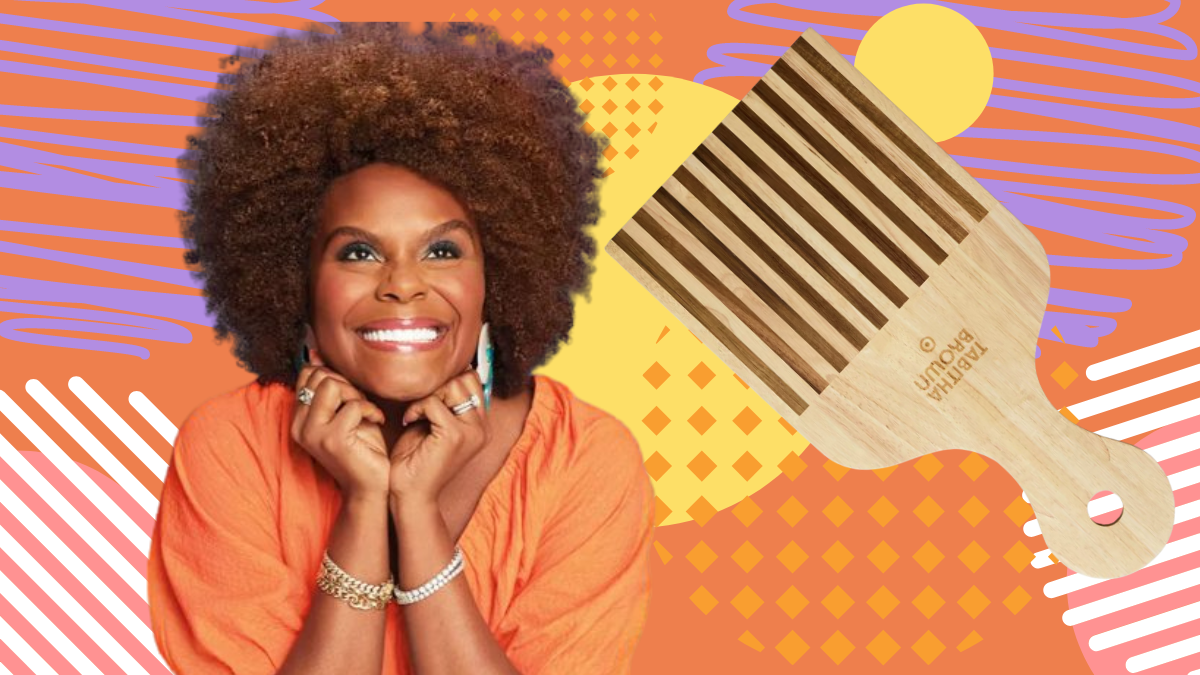
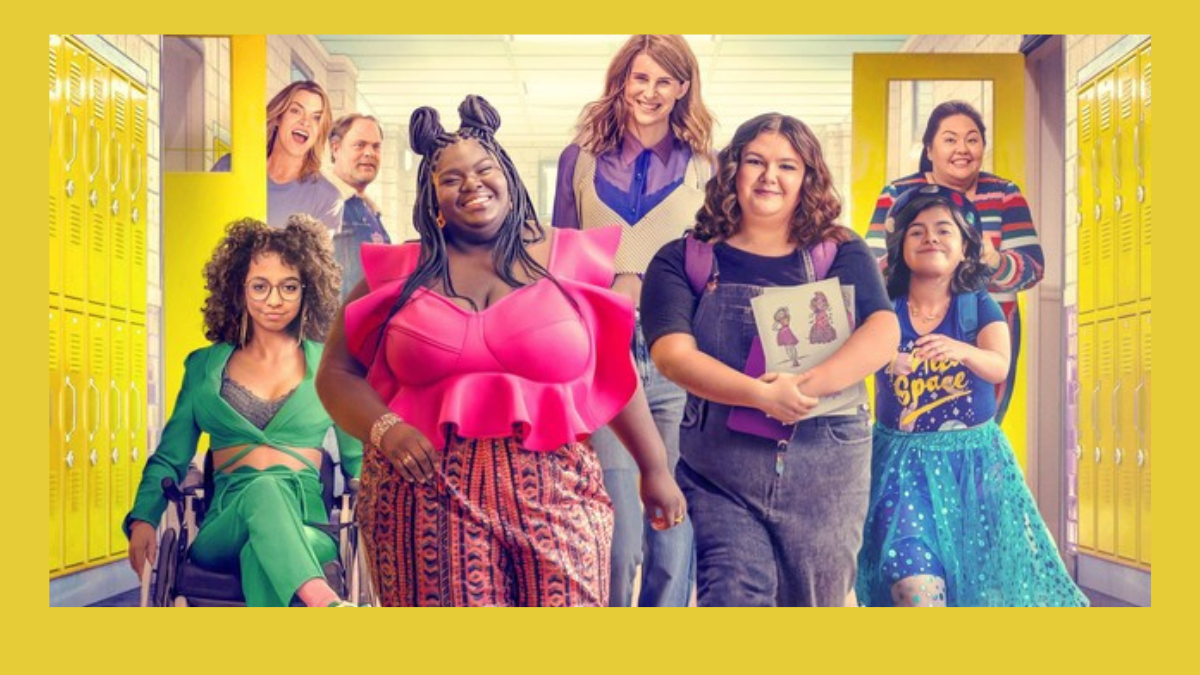








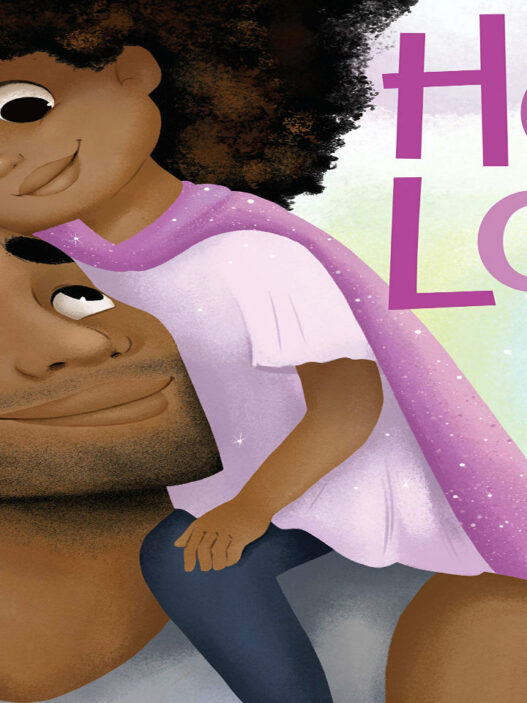
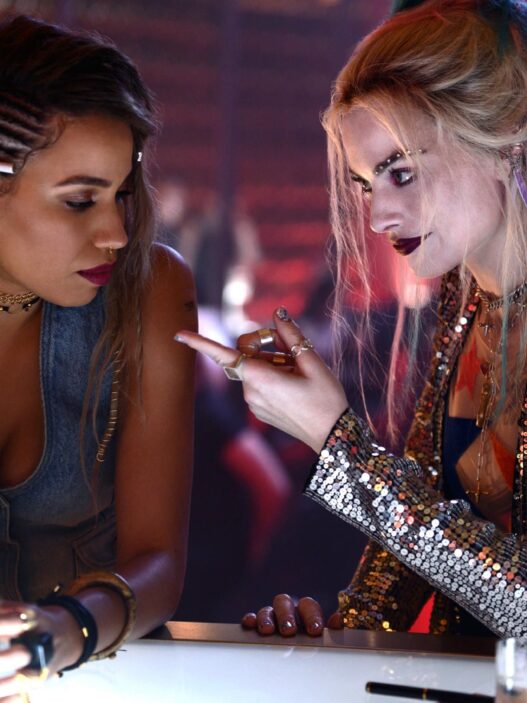
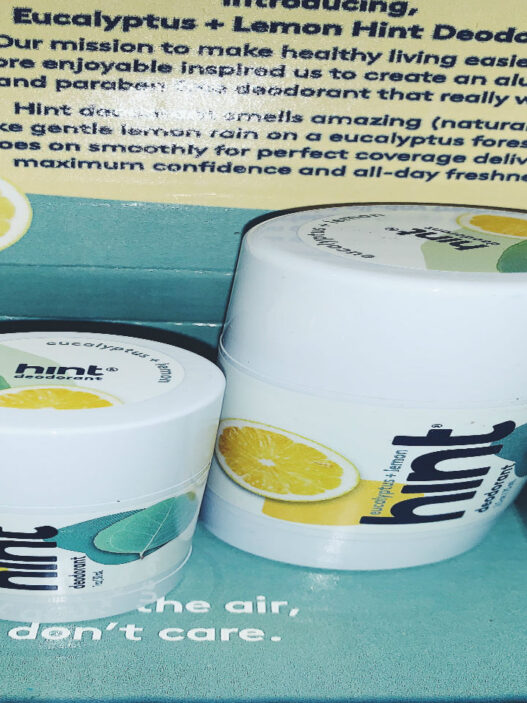
Quoting this magazine in a paper im writing on texturism. Would really appreciate an initial for your last name to quote you fully/properly. Loved the article!!